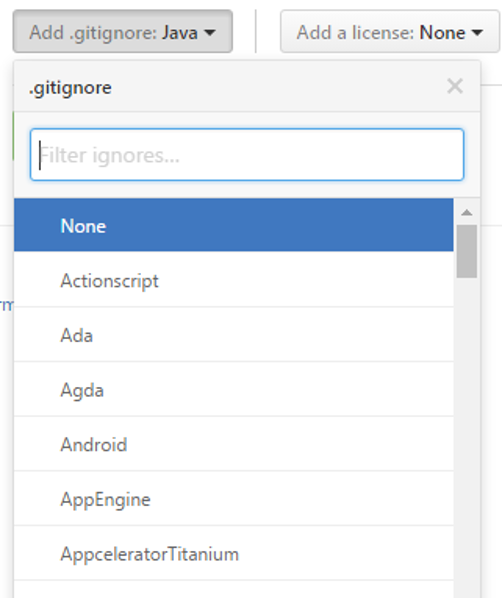
Git, a version control software developed for Linux, is becoming a popular choice for many people. It’s pretty straightforward to use and it can help you develop software more efficiently. However, without reading the instructions, you might find yourself accidentally creating a .git folder in your home directory. This happens because the instructions don’t tell you how to create one! In this article I’ll show you how to create a .gitignore file so that you never accidentally empty your working directory again.
Table of Contents
What is the .gitignore file?
As your project gets bigger and bigger, it becomes more difficult to manage files. Manual operation will take a long time, so to make it easier you can completely use the .gitignore file. By importing the file you want Git to ignore and untrack in your repo into it, the way it works is that when the filename in your project matches the name in the .gitignore file, Git will not track this file and it won’t be in the untracked files list.
How to create a .gitignore file?
Now, to create a .gitignore file is very easy. What files you should keep and which ones to delete depends on the programming language you are using or environment, operating system and editor. It is possible to use an online service that allows the creation of gitignore files in a way that is based on your preferences. Simply provide your details about your environment, and it will create the .gitignore format for you, which is a great convenience. And here are some of our suggestions:
1.Create a .gitignore file with IDE
Editors (IDEs) are supported that can automatically generate the gitignore file for you, however, some files may be missed, so you should check them and maybe fix them to make sure your project works as expected.
2.Use the touch/cat command
You can also create files manually using the following command line:
touch .gitignore
or
cat .gitignore
As such, the gitignore file will be created shortly after in your directory.
3.Use Git Repository Hosting
Many Git Repository Hosting platforms like GitHub or Bitbucket already have this feature. It is accessible when you are creating an entirely new repository. On Github you may be able to see an option to create a Gitignore file. The image is below.

Conclusion
If you have a lot of files in your project that you don’t want to keep track of, Gitignore is a great way to do it! In this article, we showed you how to create a .gitignore file. This is an extremely useful tool to keep your project clean and organized, so be sure to give it a try! Thanks for reading!